What does it mean to connect the solar power generation system to the grid?
 Apr 06,2022
Apr 06,2022

 sunchees solar system
sunchees solar system
Solar power generation system, grid-connected means that photovoltaic power generation is converted into AC through inverter, connected to the power grid through step-up or direct low-voltage side, and the power grid dispatches and uses the electric energy.
Off-grid system means that the electricity generated by the photovoltaic power generation system is stored in the storage battery, converted into AC power by the inverter for direct use by the electrical equipment, or directly supplied to the DC electrical equipment without inversion, and is not connected with the power grid.
The solar power generation system consists of solar cells, solar controllers and storage batteries (batteries). If the output power supply is AC 220V or 110V, an inverter is also required.
Solar power generation system is divided into off-grid power generation system, grid-connected power generation system and distributed power generation system:
1. Off-grid power generation system is mainly composed of solar cell components, controllers and storage batteries. If the output power is AC 220V or 110V, an inverter is also required.
2. Grid-connected power generation system means that the DC generated by solar module is directly connected to the public power grid after being converted into AC that meets the requirements of the utility power grid by grid-connected inverter. Grid-connected power generation systems include centralized large-scale grid-connected power stations, which are generally national-level power stations. The main feature is that the generated energy is directly transmitted to the power grid, and the power grid is uniformly deployed to supply power to users. However, this kind of power station has a large investment, a long construction period and a large land area, and has not developed much. However, distributed small grid-connected power generation system, especially the integrated photovoltaic building power generation system, is the mainstream of grid-connected power generation because of its advantages of small investment, fast construction, small floor space and strong policy support.
3. Distributed power generation system, also known as distributed power generation or distributed energy supply, refers to the configuration of small photovoltaic power generation and supply system at or near the user site to meet the needs of specific users, support the economic operation of the existing distribution network, or meet both requirements.
The basic equipment of distributed photovoltaic power generation system includes photovoltaic cell module, photovoltaic square bracket, DC junction box, DC distribution cabinet, grid-connected inverter, AC distribution cabinet and other equipment, as well as power supply system monitoring device and environmental monitoring device. Its operation mode is that under the condition of solar radiation, the solar cell module array of the photovoltaic power generation system will send the electric energy converted from solar energy to the DC distribution cabinet through the DC junction box, and the grid-connected inverter will reverse it into AC power to supply the building's own load, and the excess or insufficient power will be adjusted by connecting the power grid.
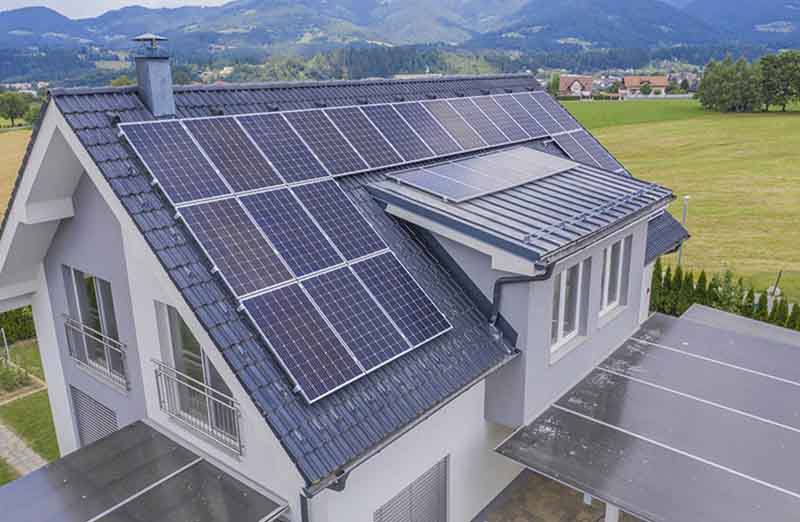




 Home
Home U.S. residential solar trends, 2021
U.S. residential solar trends, 2021  You May Also Like
You May Also Like
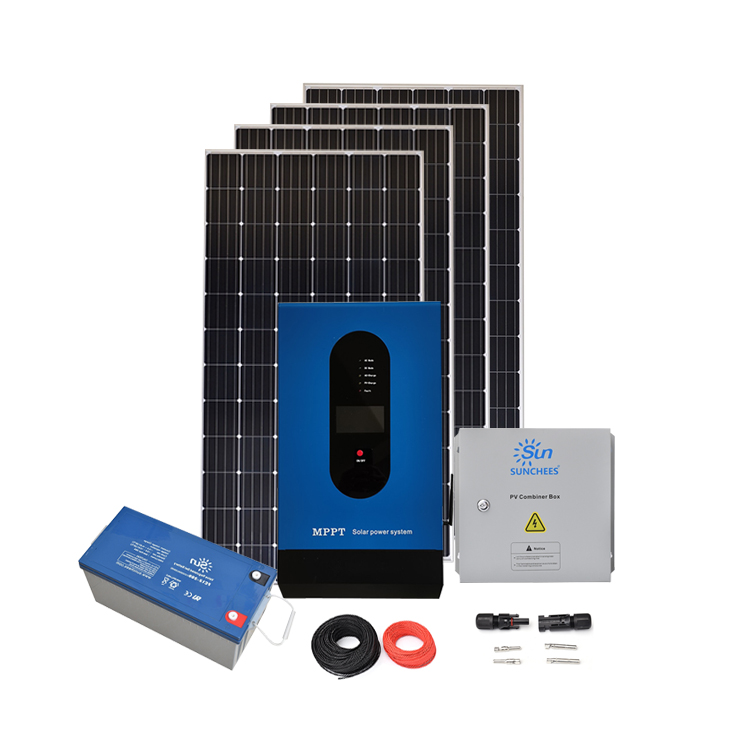

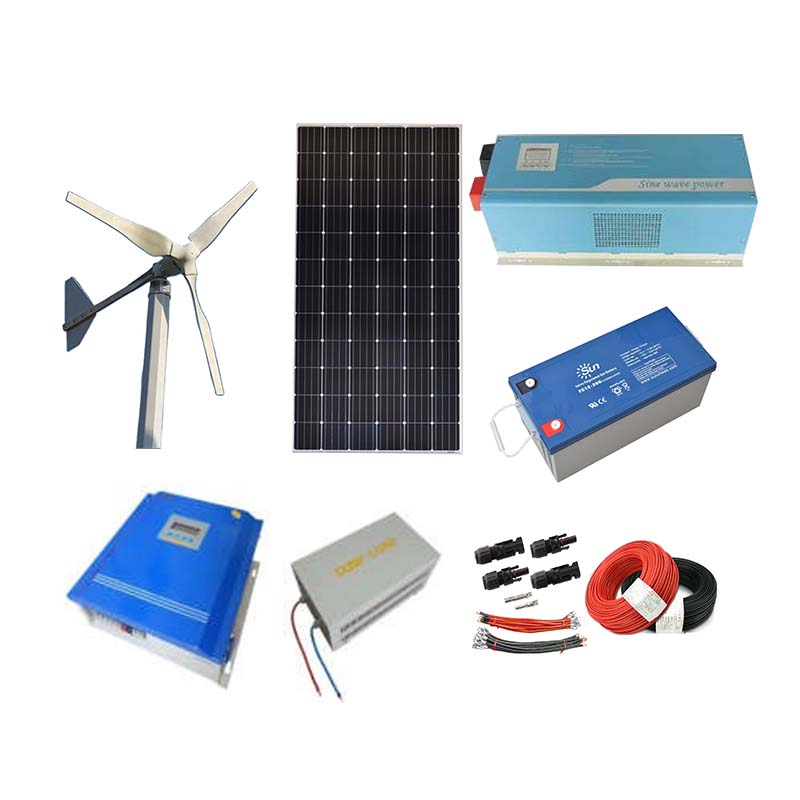
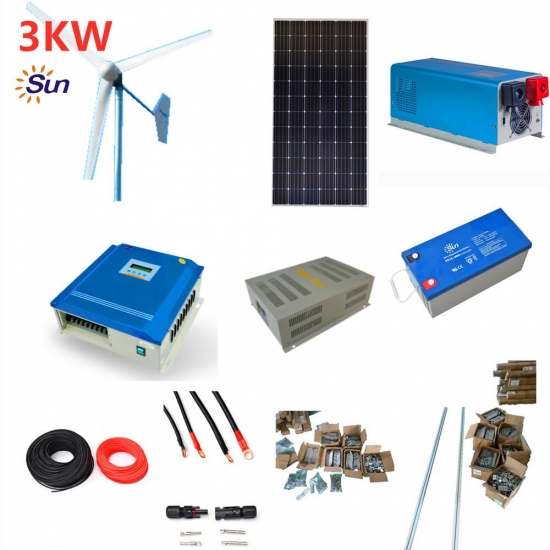
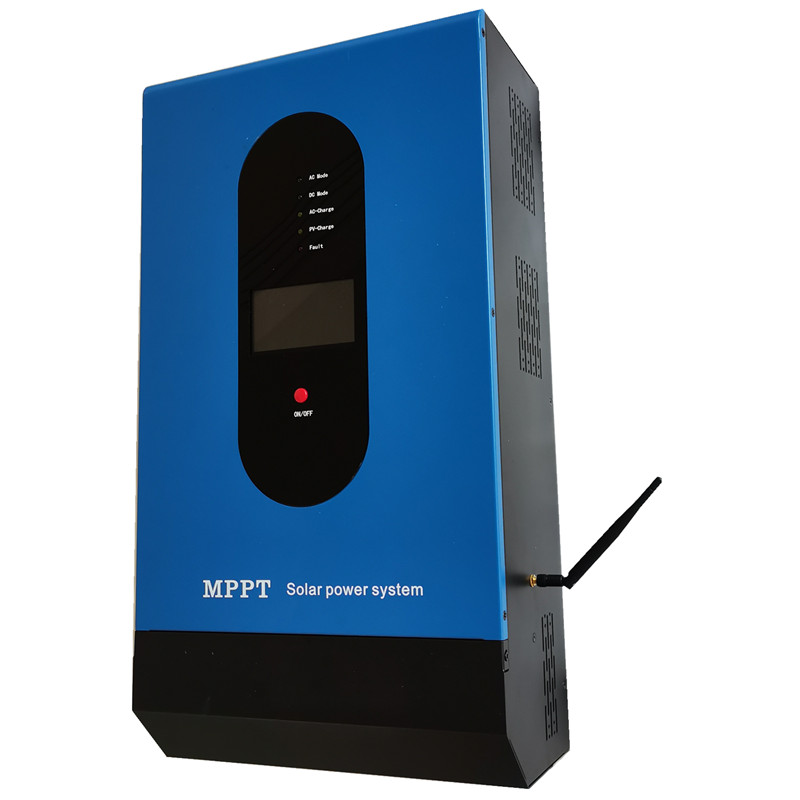
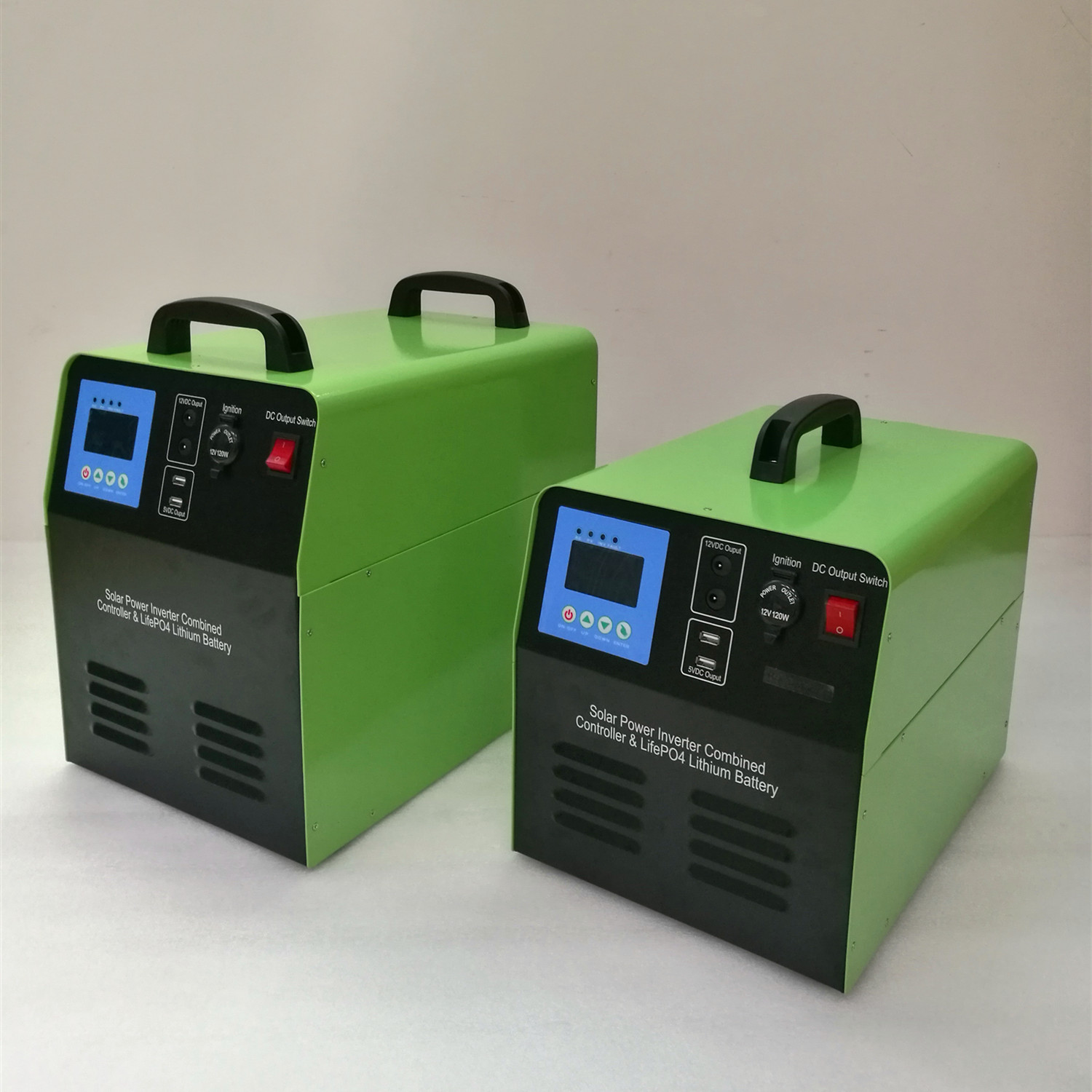
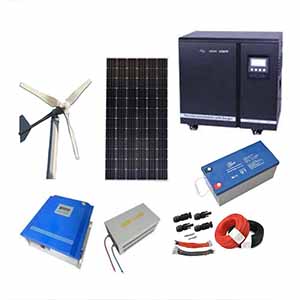
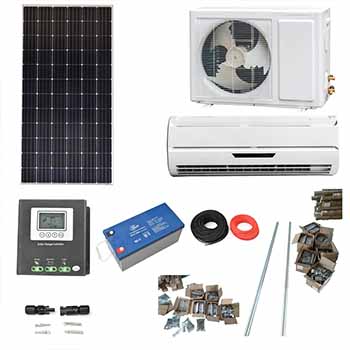
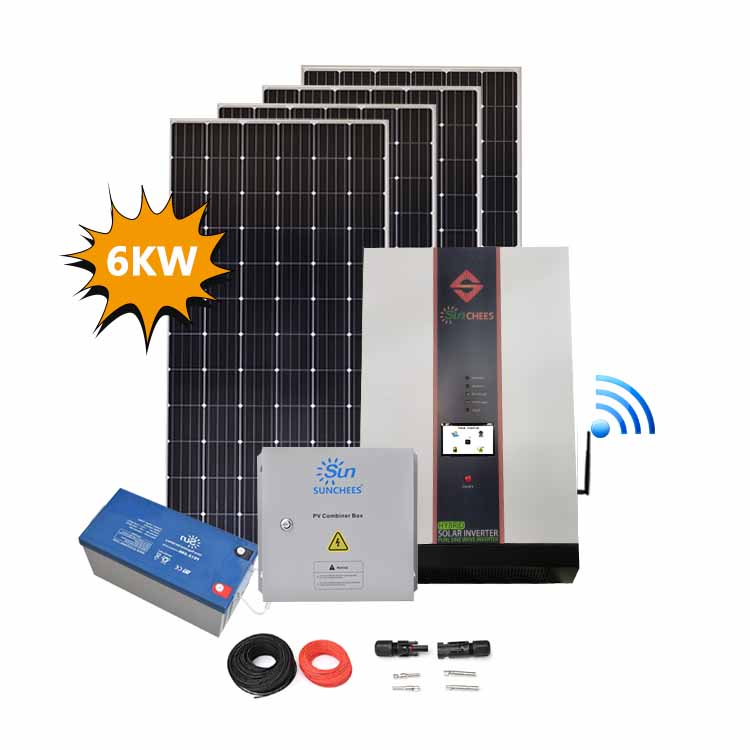

 Tel
Tel
 Email
Email
 Address
Address
















